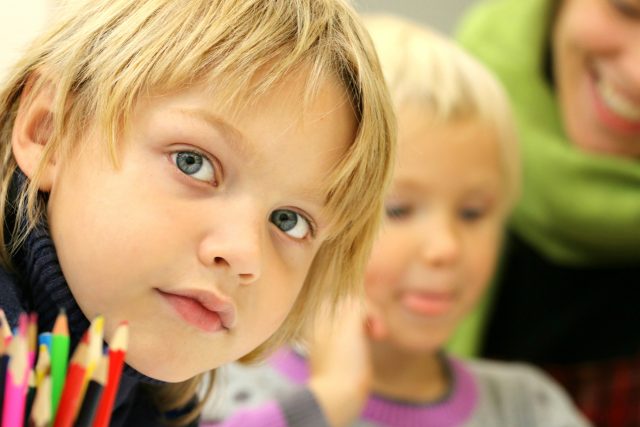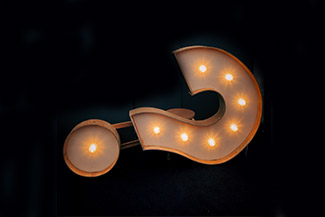Myopia Management: A New Approach to Correcting Vision
Is your child grappling with nearsightedness, and is their myopia on the rise? Secure your child's vibrant and clear future through our comprehensive myopia management services.
The Far-Reaching Impact of Nearsightedness

Myopia is becoming increasingly common worldwide. Recent studies show that almost 30% of the global population is currently affected by myopia.
Moreover, researchers project that nearly half of the world’s population, around 5 billion people, will be affected by this condition by 2050.
The good news is that we can prevent children from becoming a part of this alarming trend by adopting myopia management strategies.
How do I Know if My Child Needs Myopia Management?
Short-sightedness, or myopia, is a common eye condition where the eyeball is too long. This condition makes distant objects appear blurry because light focuses in front of the retina instead of on it.
Children with nearsightedness often have difficulty seeing objects far away, such as the chalkboard in a classroom. However, they can see nearby objects with clarity and detail.
This condition typically manifests during childhood, is characterized by rapid eye growth, and tends to progress steadily or rapidly until the late teenage years.
What Are the Symptoms of Myopia?
- Your child finds it hard to see distant objects clearly
- Struggling to read the board in class
- Squinting when focussing on objects far away
- Frequent complaints about headaches and eyestrain
- Difficulties with sports that involve small balls, such as baseball or tennis


Myopia Risk Factors
Several factors contribute to the risk of myopia development. Genetic predisposition is evident when one or both parents are nearsighted, increasing the likelihood for their children.
Age also plays a significant role, with myopia onset before age 12 escalating the risk of severe myopia.
Daily habits, such as extended periods on digital screens and prolonged reading, can strain the eyes, elevating the risk of nearsightedness.
Myopia and Eye Diseases
As your child’s myopia advances, the risks of developing potentially severe eye conditions in the future significantly increase. The likelihood of vision loss due to glaucoma, macular degeneration, or retinal disease can spike by up to 10 times.
Research shows that the higher the myopia, the greater the risk. This highlights the crucial need for myopia management to halt progression and protect your child’s vision from potential serious risks.

What is Myopia Management?
Myopia management is an advanced area of eye care designed to halt or slow your child's myopia progression. Our dedicated eye care team in Athens employs customized treatments, tailoring solutions to your child's needs.
We specialize in slowing the progression of nearsightedness through ortho-k, a non-invasive treatment that corrects vision while sleeping.
Ortho-k contact lenses are worn overnight and gently reshape the cornea, providing clear vision throughout the day without needing glasses or contact lenses. Ortho-k is particularly beneficial for children with an active lifestyle. Since patients only wear the lenses at night, there's minimal risk of loss or breakage during wear. Discover the benefits of ortho-k for your child's vision by scheduling an appointment with our experienced team.











